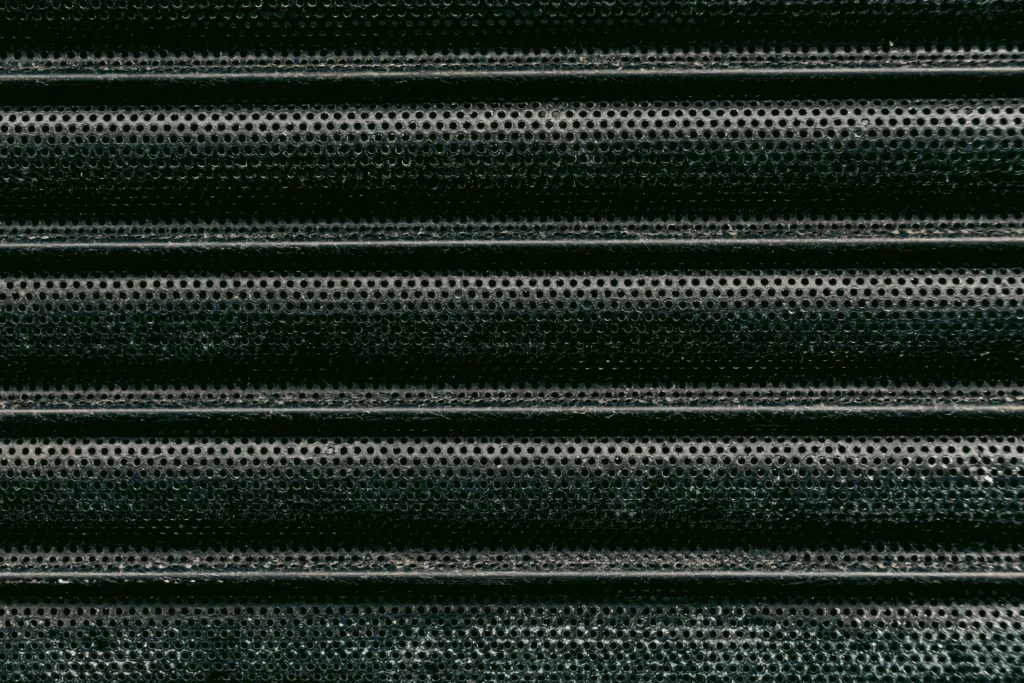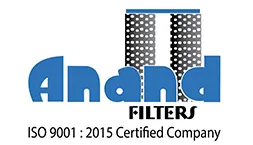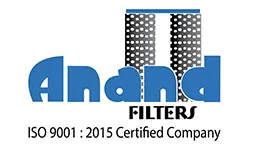Should You Clean or Replace Your Dust Collector Filter?

One essential part of filtering systems is a dust collector filter. These filters ensure dust and debris don’t enter the air or harm machinery, whether in a busy production facility or a home workshop. Maintaining and cleaning the filter in your dust collector regularly will keep your system functioning at its best.
However, a frequently asked issue is: Is replacing or cleaning your dust collector filter better? The type of filter, its usage, and its condition directly influence the answer. Regularly inspecting and replacing filters at the end of their service life ensures improved air quality, increased worker productivity, and reduced machine maintenance.
How Long Do Dust Filters Last?
Although dust filters don’t last forever, their longevity depends on how often they are used and maintained. A dust collector’s air filters need to be inspected frequently. Tracking the condition of the filters in your plant can predict their normal lifespan. In industrial settings, a high-quality dust collector filter only lasts a few months.
The facility and application determine when to replace a dust collector, but several factors influence its lifespan.:
- Amount of dust
- Hours of operation
- Rate of airflow
- Levels of humidity
- The temperature
- Exposure to chemicals
It is essential to monitor your filter’s performance. If you notice dust leakage, decreased airflow, or elevated system pressure, your filter is nearing the end of its life. Remember that filters have a limited lifespan and should be replaced by the manufacturer’s recommended intervals.
When Should a Dust Collector Filter Be Replaced?
A crucial component of dust collector maintenance is filter replacement. Maintaining system performance and air quality requires knowing when to replace your dust collector filter. The service life of dust collector filters varies greatly. Your dust collector filter’s lifespan is affected by a few factors. When evaluating the general condition of your dust collector filter, keep the following points in mind:
- Regularly check condition of your dust collector filter.
- It’s important to change the filter material immediately if there are obvious holes, tears, or cracking. Damaged filters harm the system’s capacity to capture particles efficiently.
- The pressure differential gauge is the first way to determine a filter’s condition. Filters must be changed when the gauge reads more than 6″. The application determines the results.
- It might be time for a replacement if cleaning the filter doesn’t help your system retain sufficient airflow.
- Have faith in your senses. If visible dust particles are in the air, your filters might need to be updated.
- Using the filter beyond its suggested lifespan can harm the dust collection mechanism, even if it appears to be working properly. Observing the manufacturer’s instructions is essential.
- Damaged filters, such as those exposed to high temperatures or extreme moisture, may lose shape and become incapable of collecting dust.
Routine inspection is the secret to determining when replacement is required. Ignoring an overdue filter change might result in health risks, system failure, or increased energy expenses.
How to Determine When to Replace Your Filter
Countless companies use dust collector filters to purify the air in their buildings, workshops, and plants. They have a pleated design to increase their surface area and are made to tolerate heavy dust loads. Because of their design, dust collector filters are very successful at capturing dust and other kinds of airborne contaminants.
When it comes to dust collector filters, changing them on schedule is the most crucial thing to remember. Careful measurement and observation are necessary to determine when to change your dust collector filter. Here is a detailed guide:
1. Pressure Difference:
Differential pressure, or also known as DP, measures the pressure differential between a dust collector’s clean and dirty sides. The DP rises when dust accumulates on cartridge filters, hindering airflow and producing uneven pressure.
The recommended differential pressure by dust collector manufacturer should be informed to the machine operators and maintenance professionals to avoid any excessive run duration and filter failure.
2. Visual Inspection:
After removing the filter, check for physical damage or significant accumulation that cannot be removed. If it exhibits wear indicators like frayed edges or rips, it must be replaced.
3. Employing Incompatible Filters:
Effective filters must satisfy the requirements of the application and the dust collecting system, which entails that they are the proper size and composed of the appropriate filter media.
4. Establish a Maintenance Plan:
Create a schedule based on your system’s workload and the manufacturer’s advice. Proactive replacements guarantee peak performance and minimize unplanned downtime.
5. Speak with the Manufacturer:
If you’re not sure, ask the filter maker for guidance. They can offer information specific to your application and filter model.
Conclusion
Your dust collector filter can ensure system effectiveness, general cleanliness, and air quality. All filters have a life span and must eventually be replaced, even if cleaning yours could temporarily extend its usefulness. The secret to extending filter life is monitoring performance, following the manufacturer’s instructions, and catching wear and tear in the act. By changing your filter on time, you may save unnecessary energy use, ensure a better work environment, and protect your dust collection system from damage.

